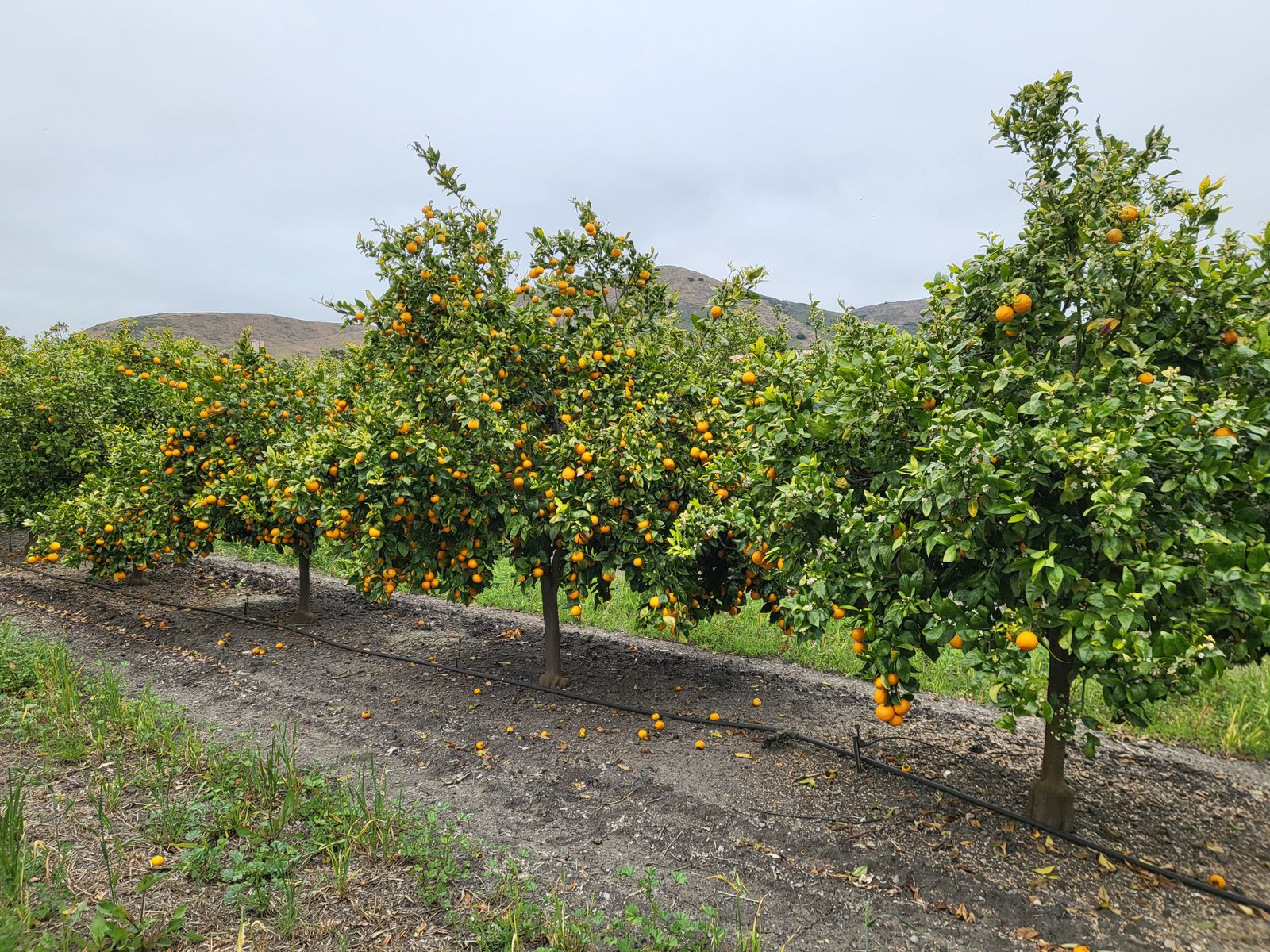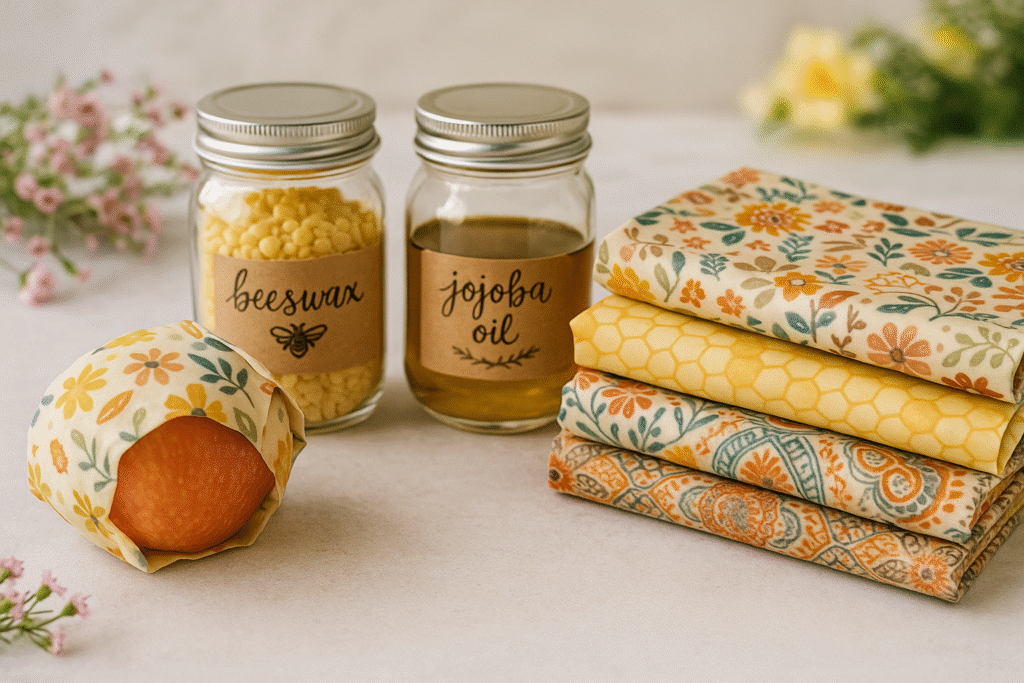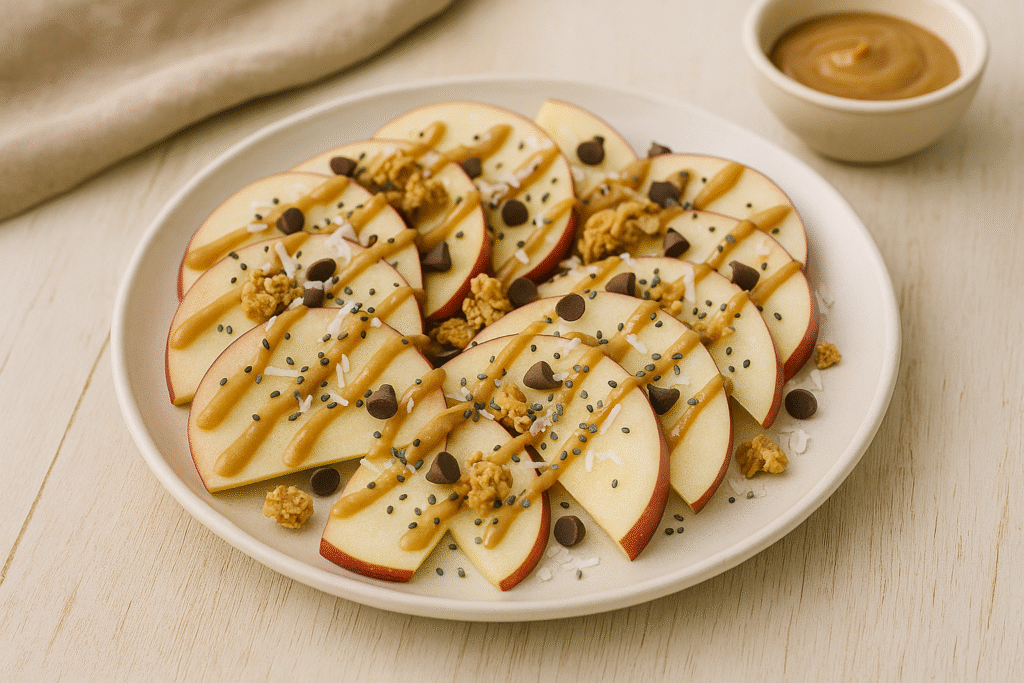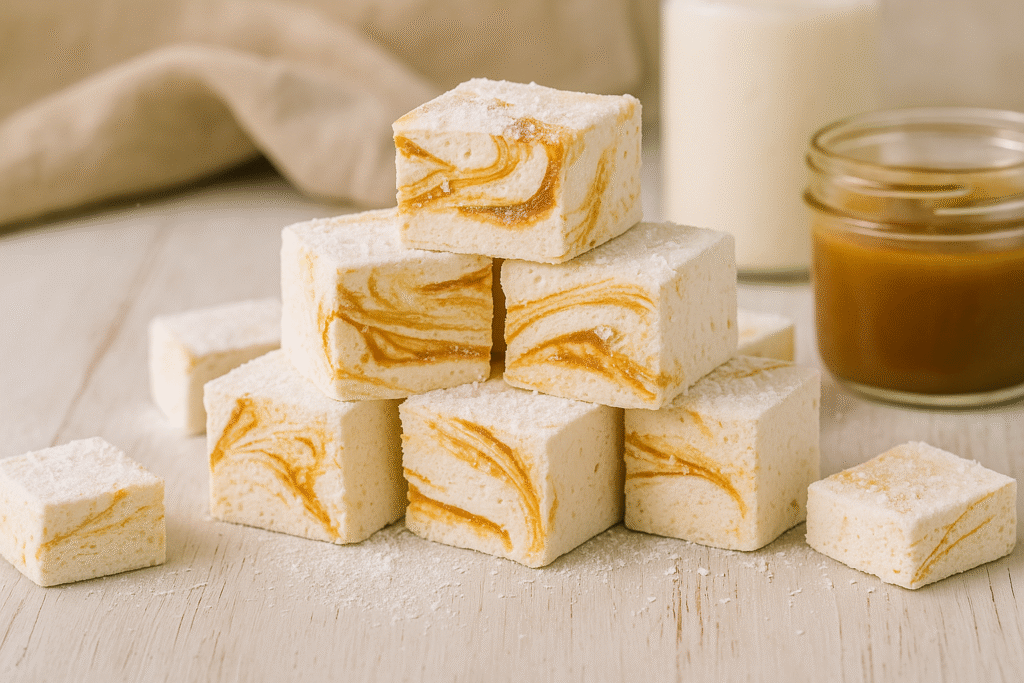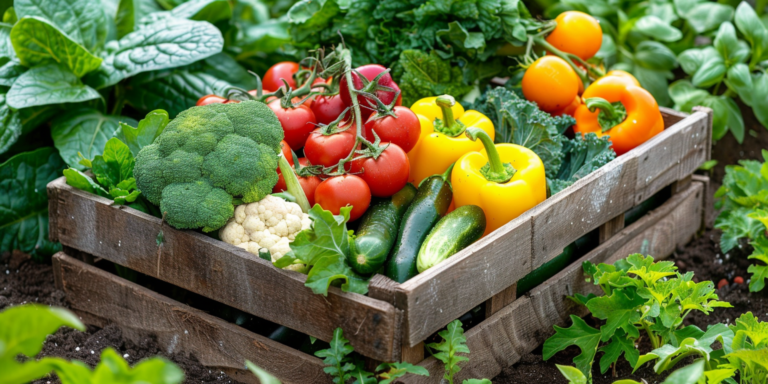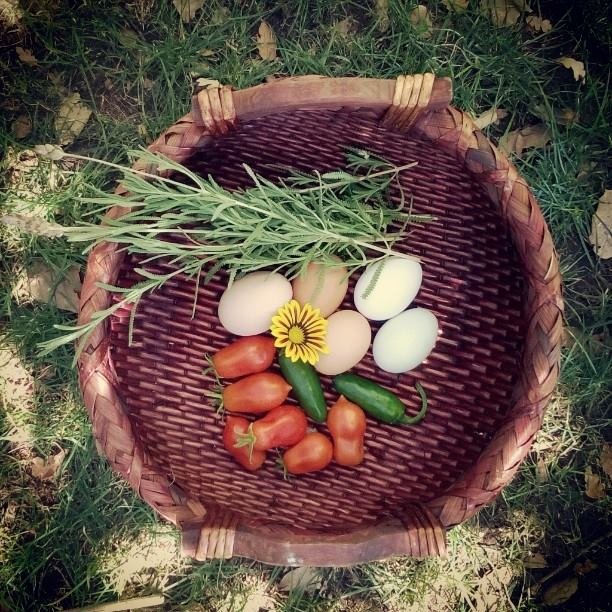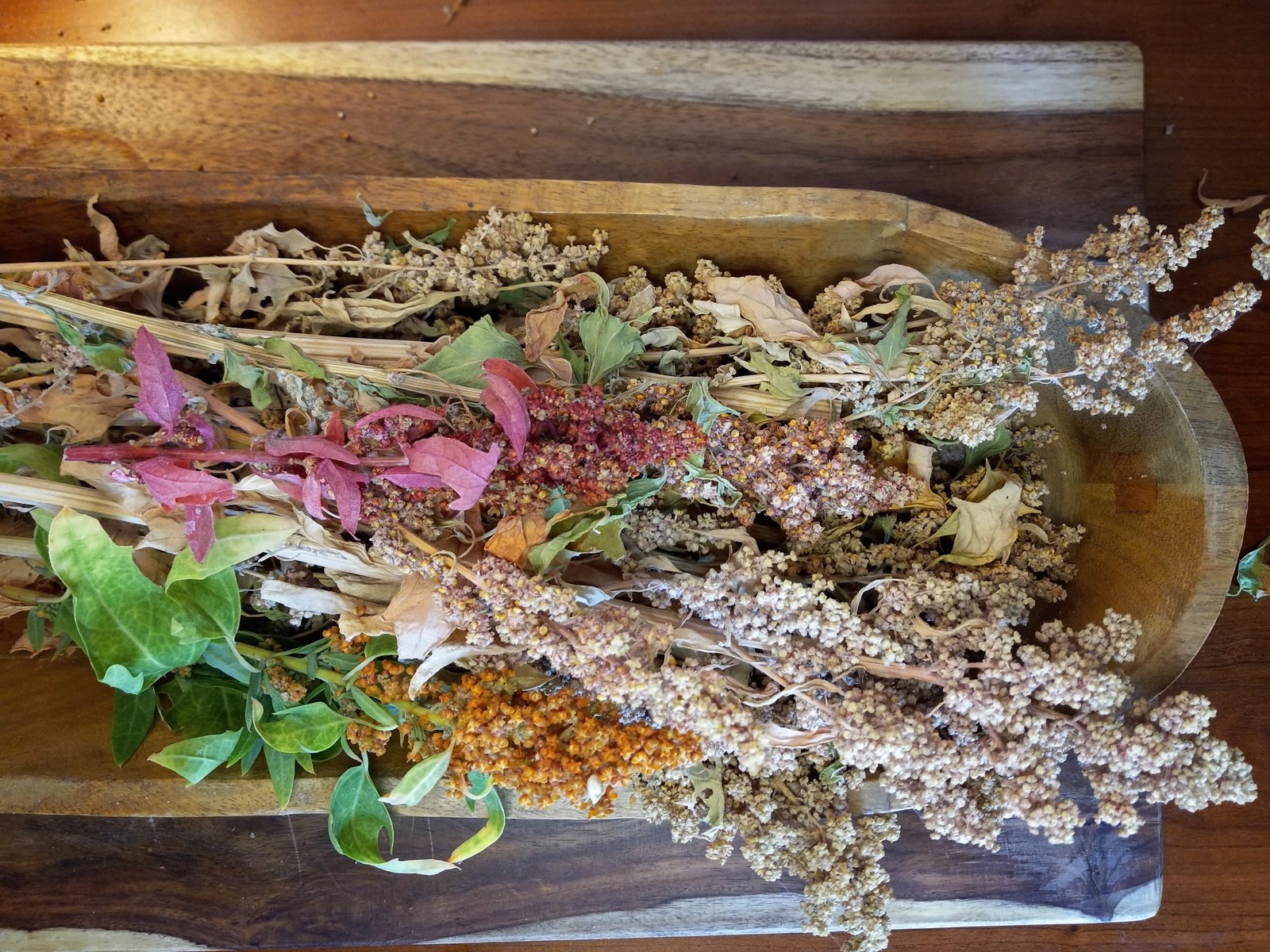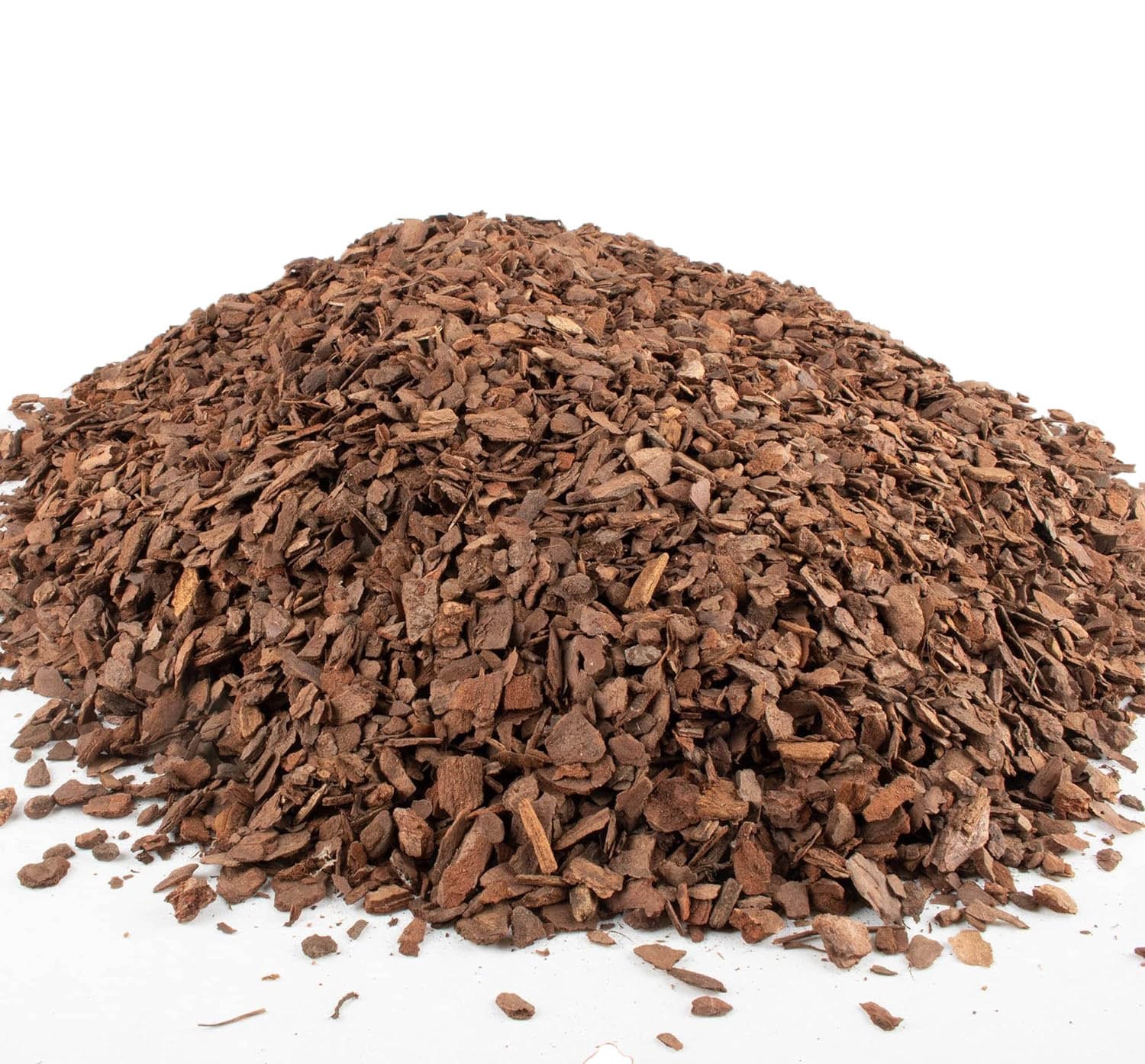Fruit and Nut Trees
Everyone should consider adding at least one fruit or nut tree to their garden. They can be grown in pots, if yard space is not available and dwarf varieties will help keep them smaller if needed. Fruit trees can take some time to produce and nut trees will take twice as long. Because they can take a while, I recommend getting your tree early on in your homesteading journey. You’ll be glad you did.
1. Nectarine
Nectarines don’t get the attention they deserve. They are very similar to peaches, but they have no peach fuzz. Many people consider nectarines to be the same fruit as a peach, but without the fuzz. I disagree. I think they have a different flavor altogether…a better flavor!
Either way, a fully mature nectarine tree will produce hundreds of nectarines every year. My 3 year old tree has over 70 nectarines on it after thinning. It’s not even planted in the ground!
Nectarines are great as a healthy dehydrated snack, as jam, canned or fresh fruit. This is my top pick for any garden.
2. Almond
Almond trees will take several years to produce, but they can produce for 20-25 years. Almonds are easy to harvest and soft-shelled varieties are very easy to shell.
Almonds are typically ready about a month before walnuts. They are a terrific snack and are a great candidate for long term storage.
These little nuts pack a powerful punch. Almonds contain fiber, protein, vitamin E, manganese, magnesium and so much more. They can be eaten raw (for the most nutrients) or used to make milk, butter, flour, oil and more.
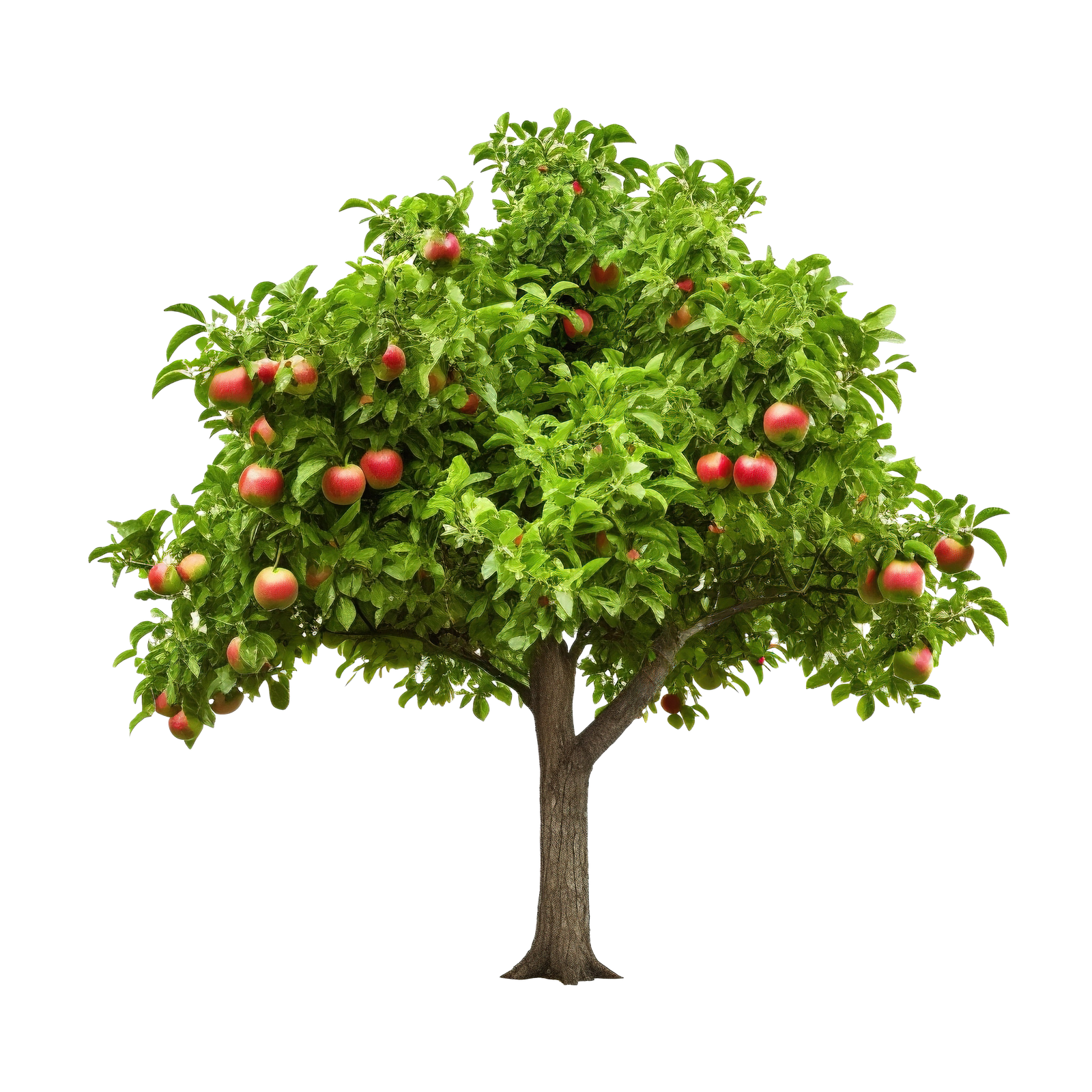
3. Apple
Apple trees are a staple in any home garden. Dozens of varieties are available they grow in most zones in the United States. Apple trees are low maintenance and will produce for many years.
Apple trees are not self-pollinating, so you need either a neighbor with an apple tree or you just need two.
Apples are probably the most well-used fruit when it comes to culinary options. Apple pie, applesauce, apple cobbler, dehydrated apples, apple juice and anything else you can think of are all made with the humble apple.
4. Avocado
Avocado trees are a little tricky to grow as they don’t tolerate freezing temperatures at all. They grow only in zones 9-11. You can grow them in a container and protect them from the cold in other zones, but that does require a little extra work.
The reason avocados are on this list is because of the oil you can get from them. Not only are avocados full of healthy fat and nutrients, but avocado oil has one of the highest smoke points of any oil.
Extracting oil from avocados is easier than many other oils. The oil from avocados is in the flesh rather than the seeds. Avocados are on this list because of the many possibilities the fruit offers.
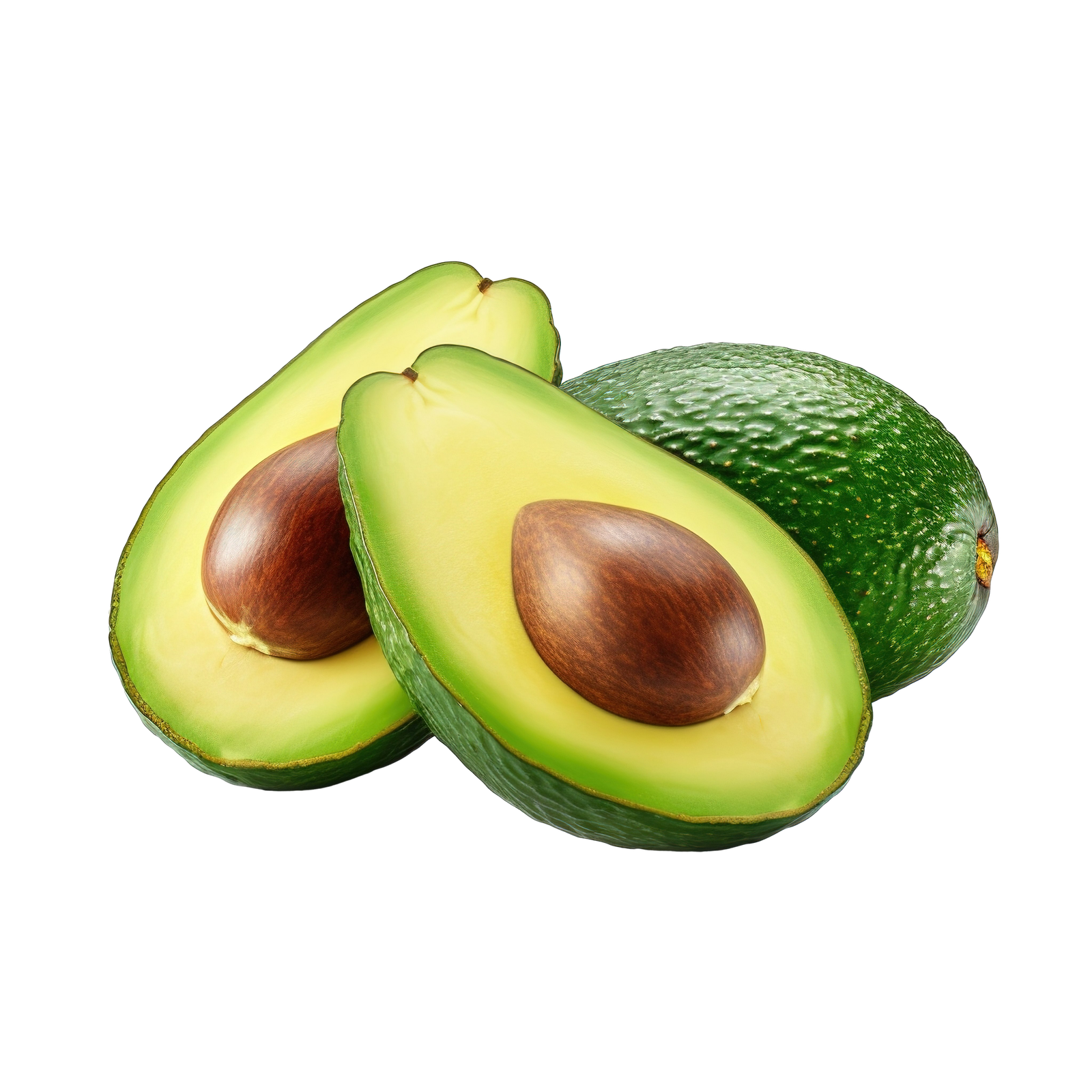
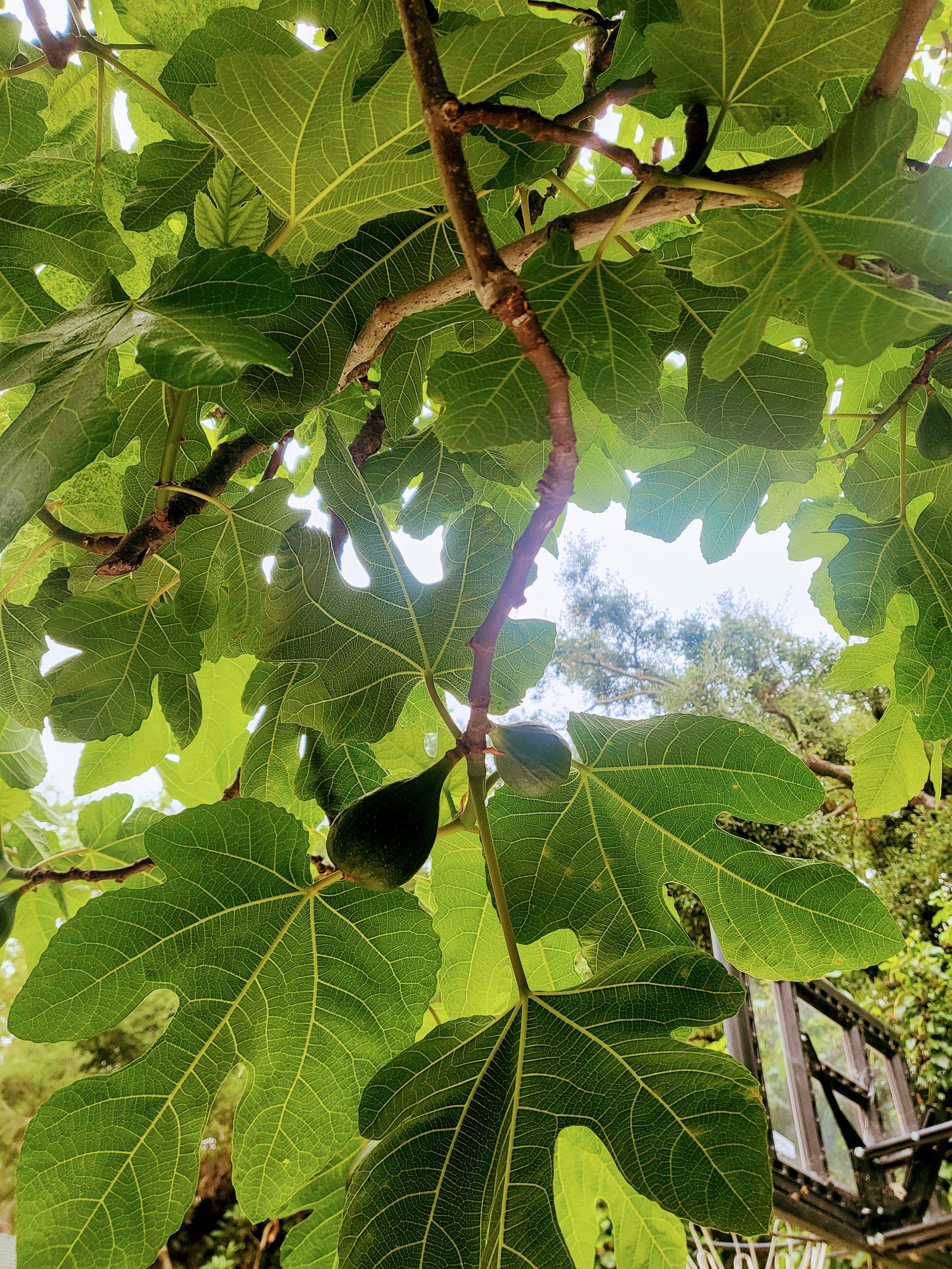
5. Figs
Fig trees grow in zones 7-12, depending on the variety, making them perfect for much of the United States. Some varieties even do well in containers, so if you live outside these zones, you can still have fresh figs at your fingertips.
With the price of figs at the grocery store, your tree will earn it’s keep very quickly.
Things to Know about planting Fruit Trees
Before you plant a bunch a fruit trees, there are some things you should know. Fruit trees can usually be purchased year round at your local nursery, but unless you have a heavy watering system, you should wait until spring to plant any fruit or nut trees. Bare root trees are usually in stock around the first of the year in California. Bare root trees are usually cheaper than potted trees, so if you’re looking to save some money, bare root is the way to go.
When planting your fruit trees, be sure to protect the roots with a gopher cage. You can make your own with chicken wire or buy some premade ones like these. I’ve used these ones in my yard. Gophers will eat the roots well before the tree can get established, so don’t skip this step.
Don’t expect fruit for the first 2-3 years after planting your tree. Nut trees can take 5+ years before you see your first harvest. Don’t worry. They’re worth the wait. Fruit and nut trees produce a valuable and reliable harvest year after year with very minimal maintenance after they’re established. The first year, they will require weekly watering to encourage the roots to grow strong. After that, a little annual pruning is usually all you need to do.
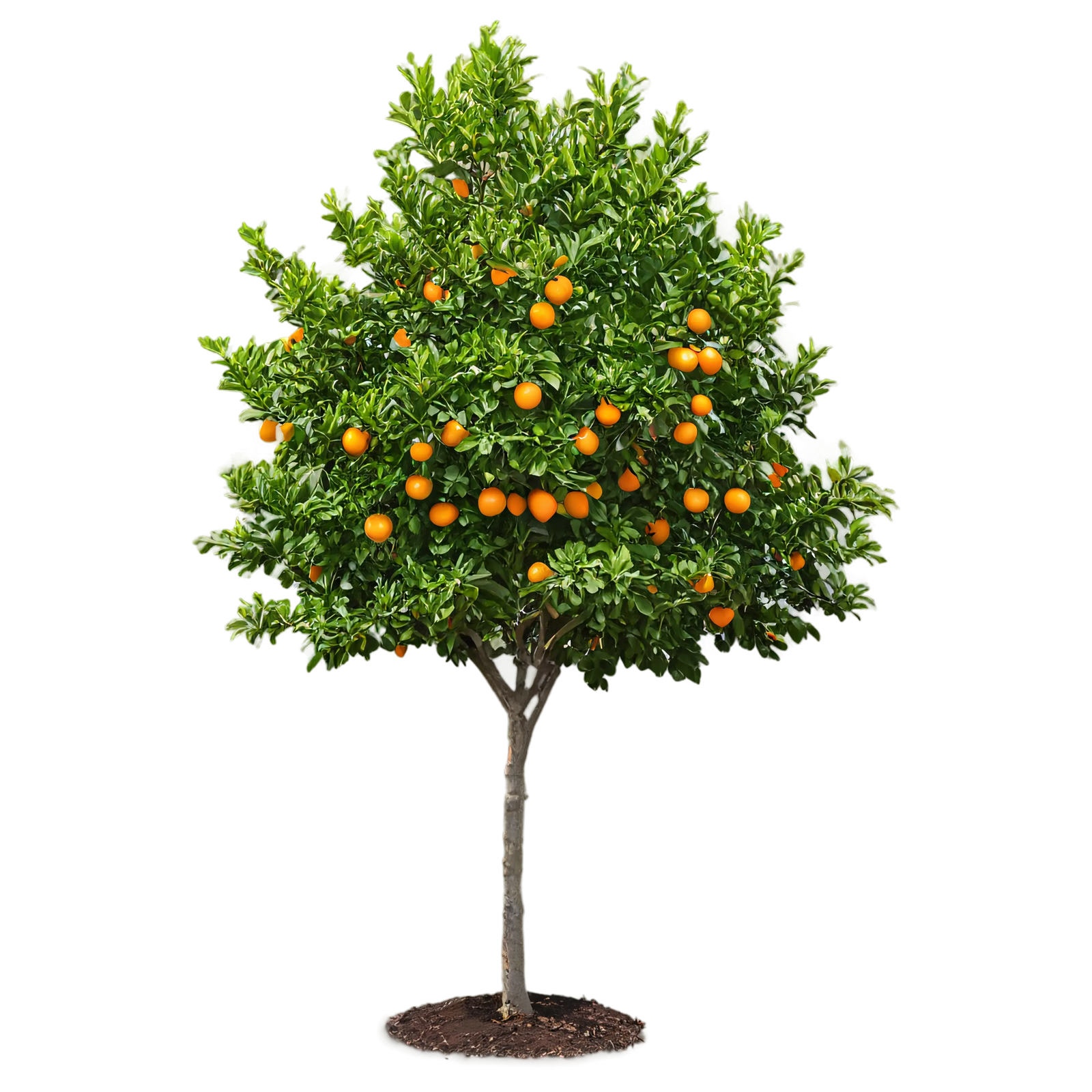
Fruit Trees To Consider
Nut Trees To Consider
Fruit Cocktail Trees
Several online suppliers now offer trees that have several different branches grafted on. This allows for several varieties of fruit to be grown on a single tree. In California, these trees are not available. The closest we can get here are a single type of tree with several varieties of the same fruit grafted on. For instance, an apple tree with five apple varieties or a cherry tree with three different types of cherries.
In other states, you can get a single tree with 5 different types of fruit. Many times, they are in the same family such as apricot, peach, plum and nectarine. Since I live in California, I can’t have one of these trees sent to me, but I think it’s a fantastic idea. If you’re short on space, a fruit cocktail tree is the perfect addition to your garden.
Starting Fruit Trees From Seed
Many times, fruit trees can easily be grown from seed and it can be really fun to watch them grow. Growing from seed is something that everyone can do. Seeds can easily be started indoors in pots or a jar in your windowsill. Since your seeds will be started inside, you can do this any time of the year.
If you do start your trees from seeds, there are some things to consider. Trees grown from seeds will take an additional 2-3 years to start producing as opposed to the trees you might get from your local nursery. The price tag might be reason enough to wait those extra few years, but that’s up to you.
Seeds that you grow yourself should be from non-GMO varieties only. If you use the seed from a GMO fruit, you won’t get the same fruit that you planted. Genetically modified fruit carries the characteristics of multiple plants and when you grow a tree from those seeds, the resulting tree will revert back to only one of the original varieties. That variety may not be one you like. There are any number of reasons they chose not to grow that original tree and you might not love the tree you get. For this reason, it’s best to use only seeds from non-GMO fruits or nuts.
